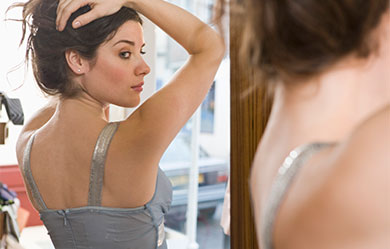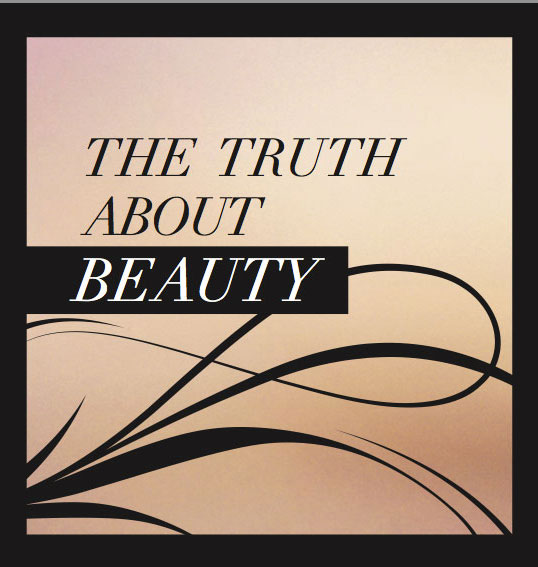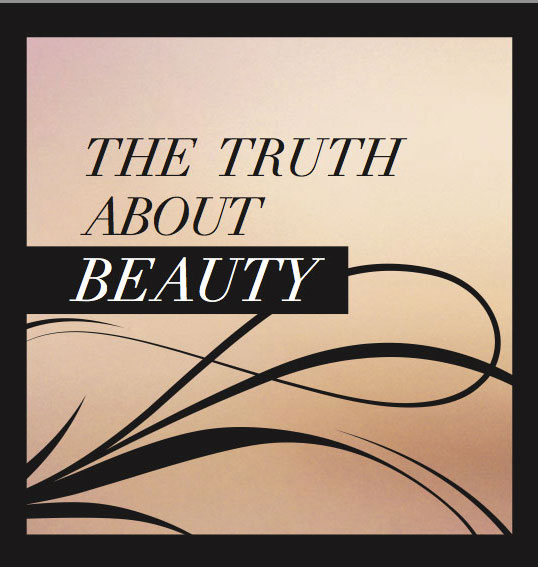Nearly 70 percent of women globally think that being beautiful helps them get what they want out of life. The same number believes that the relationship between happiness and beauty is directly proportional.
 Eighty percent agree that looking beautiful makes it easier to find a partner or boyfriend and easier to find a good job. And ninety three percent of women feel more confident overall when they know they look beautiful.
Eighty percent agree that looking beautiful makes it easier to find a partner or boyfriend and easier to find a good job. And ninety three percent of women feel more confident overall when they know they look beautiful.
These are the findings of The Truth About Beauty, a report by McCann Truth Central, the global thought leadership unit of legendary advertising agency McCann. The unit generates original research that can help shape and grow their clients’ businesses.
Truth Central’s global study of the beauty category was produced for their long-standing partner L’Oreal Paris. It conducted 7,249 online interviews, a conjoint study and 40+ focus groups in 15 global markets*.
‘As the beauty industry evolves and new technologies emerge, we have committed ourselves to charting how beauty attitudes and behaviours are changing in a globalising world,’ says Daryl Lee, chief strategy officer, McCann. ‘In The Truth About Beauty, we look at these changes and put them into the context of the eternal truths that lie at the heart of our profound fascination with beauty.’
These highlights from The Truth About Beauty may help you better interpret your clients’ goals from the treatments and/or products you provide, ergo better outcomes for both parties:

Globalisation and technology have made the beauty industry both more dynamic and more innovative. Easy air travel has given rise to a global fashion industry, and looks conceived of in one country can quickly become the desired style around the world. The internet has made it easier for tips, tricks, reviews, recommendations and even warnings to circulate at light speed among the world’s connected consumers.
As these same forces propel the beauty industry to new scientific advances, it’s important to understand what really matters to beauty consumers. Who sets the standards for beauty? What must one do to truly look beautiful? What does feeling beautiful mean? And what beauty dreams do we still have?
Beauty is Non-Negotiable
Even though the past few years have been tough economically for women around the world, beauty is increasingly regarded as ‘non-negotiable’. Indeed, 83 percent of women believe there are higher standards of beauty today than there were in the past.
In the emerging markets we’re seeing the rapid democratisation of beauty. In India, for example, beauty was once restricted to special occasions like weddings but is now viewed by women as an everyday opportunity.
The imperative of beauty is certainly being picked up by the newest group of beauty consumers. Over half of women aged 16-34 say they started to think about ageing and preserving their looks before the age of 30. This is nearly 10 years sooner than those 35+ said they started to think about ageing.
These young consumers are saying they know more about beauty, with 72 percent saying they know more about beauty than their mother. These young women are increasingly educating their mothers and aunts about products.
This new knowledge is giving rise to optimism: 76 percent clearly believe in the innovation of the beauty industry, agreeing that the right beauty products can keep them looking younger for longer.
Constant Beauty Reinvention
This combination of necessity, knowledge and innovation has created a dynamic world of beauty, one that is defined through constant reinvention by beauty brands and beauty consumers.
While many women laud the impressive choice that innovation from the beauty industry has created, they also lament the resulting complexity. Women around the world describe the stress they experience when attempting to choose between products at the point of purchase. Women have responded to this increased complexity and choice by arming themselves with more and more knowledge.
Almost 70 percent of women in Brazil and Mexico consult a beauty blog for tips and advice at least once a month and almost 60 percent of women in Brazil and China consult online reviews at least once a month.
Nowhere is this dynamism more pronounced than in the emerging markets: 63 percent of Chinese women and 55 percent of Brazilian women change their beauty routine once every couple of months or more. Only 25 per cent of French women make changes this frequently. Most Europeans said they were making changes less than once or twice a year, if at all.
The emerging markets may be changing their routines so often because they’re inspired by the globally dynamic world of beauty. Brazilian women think northern Europeans are the most beautiful women in the world, Germans think Brazilians are the most beautiful and the Chinese give that honour to the French.
All of this leaves us with a very fast-moving world of beauty. Exposed to constant changes, innovation and inspiration, women have responded in different ways. We’ve identified five types of beauty consumers based on their attitudes towards beauty. ”””
The Five Global Beauty Archetypes
Powerful Peacocks (15 percent of the population) are particularly drawn to experimentation. They love the dynamism in beauty, in part because they’re looking to get ahead in a dynamic world. Particularly present in rapidly growing China, Powerful Peacocks associate beauty with career success and power.
Seductive Foxes (27 percent of the population) are the largest group globally and love to use beauty products to enhance their femininity. Seductive Foxes associate beauty with romantic and sexual prowess, and like using cosmetics to feel sexy.
Social Butterflies (16 percent of the population) love the beauty conversation. They enjoy sharing tips with their friends, being inspired by beautiful women, and the feeling of contentment and success that comes with looking beautiful. Particularly present in Latin America, Social Butterflies have grown up buying beauty products from their friends and neighbours who are direct sellers.
Graceful Swans (25 percent of the population) like the subtle enhancements that come from using good beauty products. For them, beauty leads to confidence and contentment. Graceful Swans appear most frequently in Europe and the US, and like to focus on improving their existing beauty.
Comfortable Cats (19 percent of the population) are largely happy with their natural beauty. While they do use some beauty products, they’re the least likely to hope for or expect dramatic changes. More concentrated in Europe and the US than emerging markets, Comfortable Cats view a few staple beauty products here and there as a means to feel even more comfortable in their own skin.
Identifying these archetypes among your clients, and interpreting their needs and desires accordingly, could make all the difference to your business.
* Quantitative research was conducted in France, Germany, the US, UK, Brazil, Mexico and China. Qualitative research was conducted France, Germany, the US, UK, Brazil, Mexico, China, Japan, Korea, India, Thailand, Malaysia, Singapore, Philippines and Indonesia.




